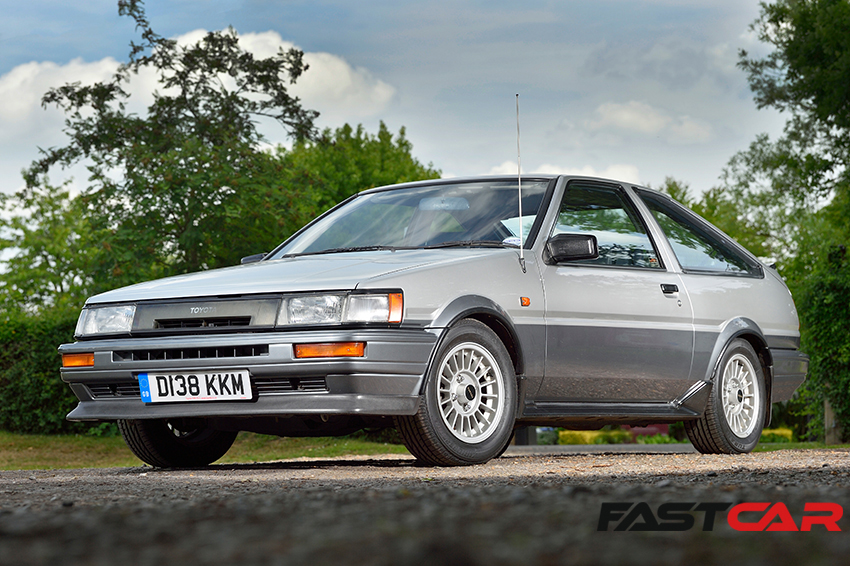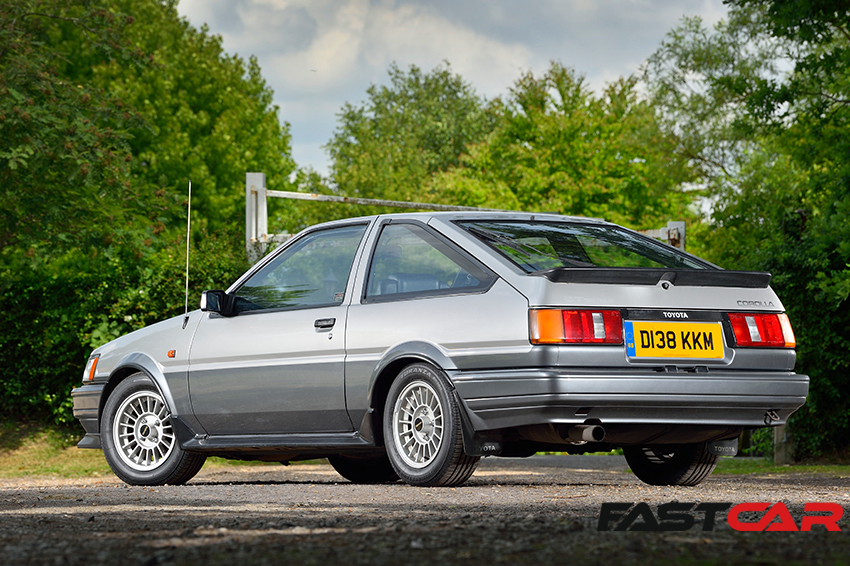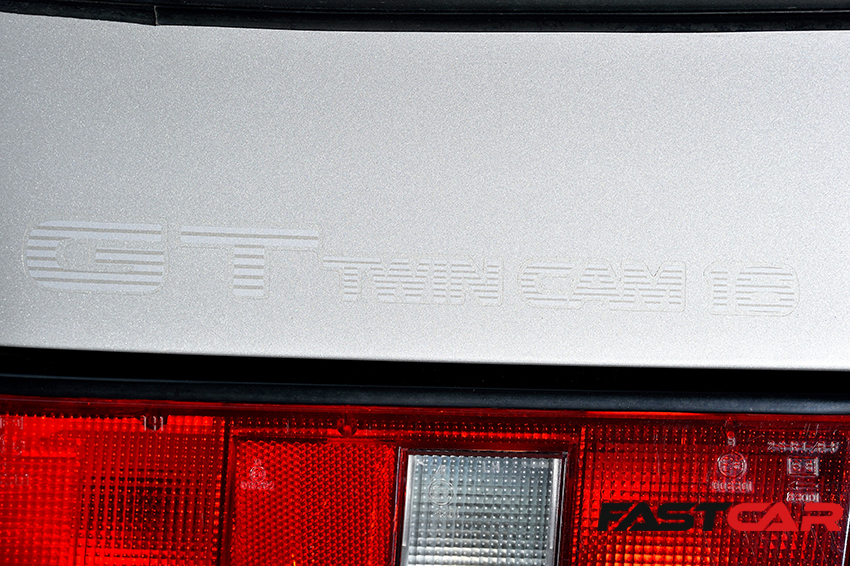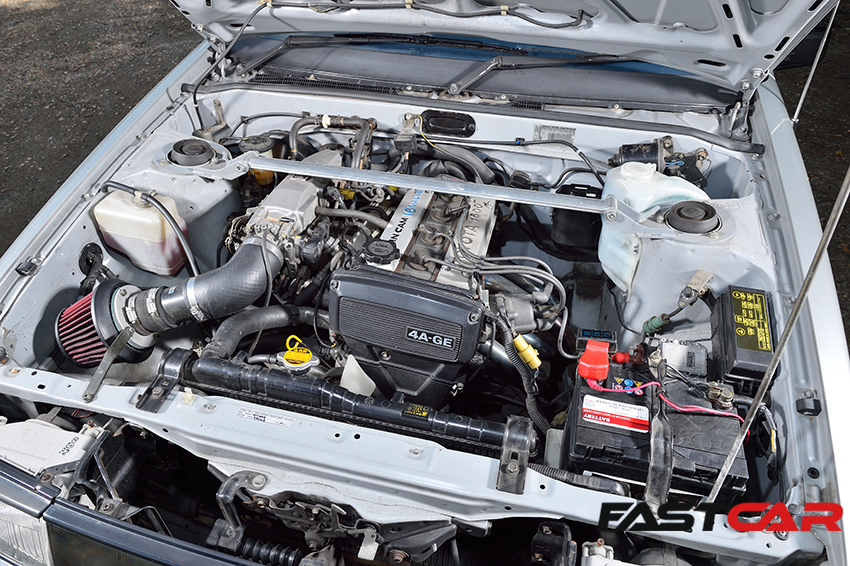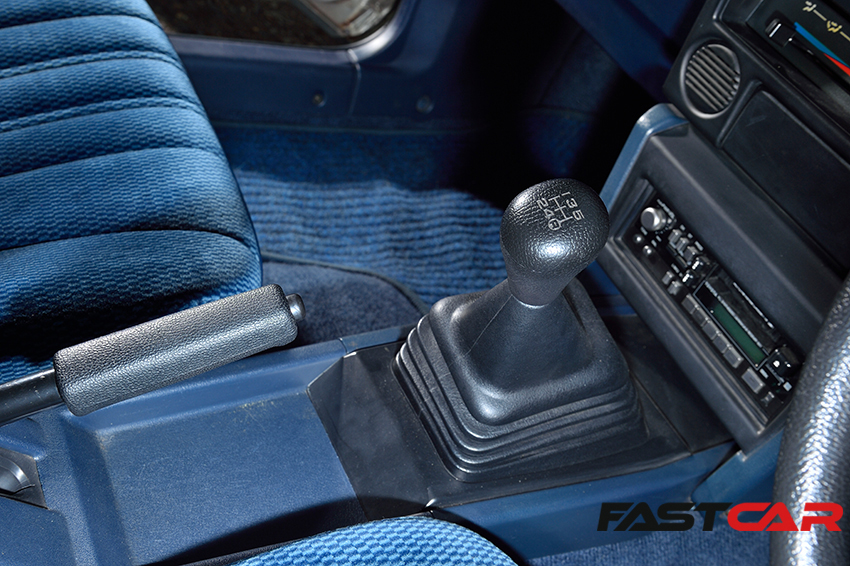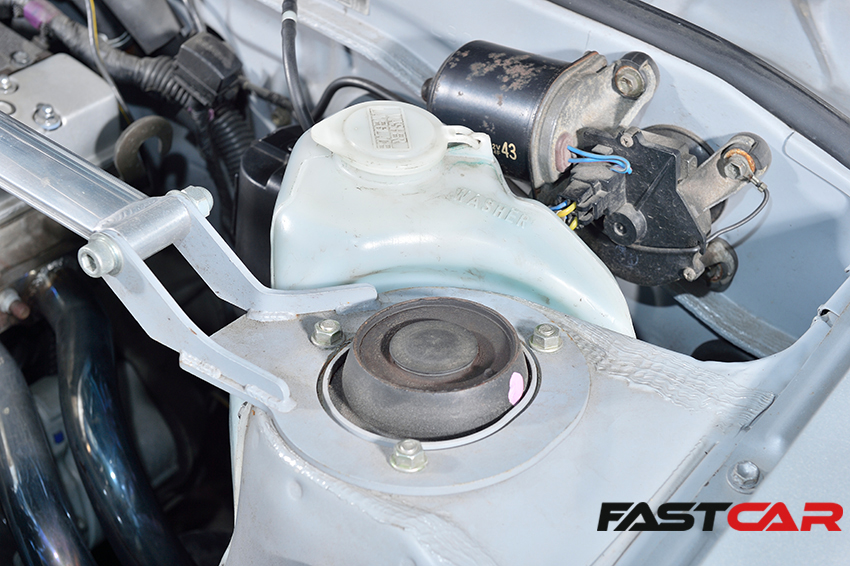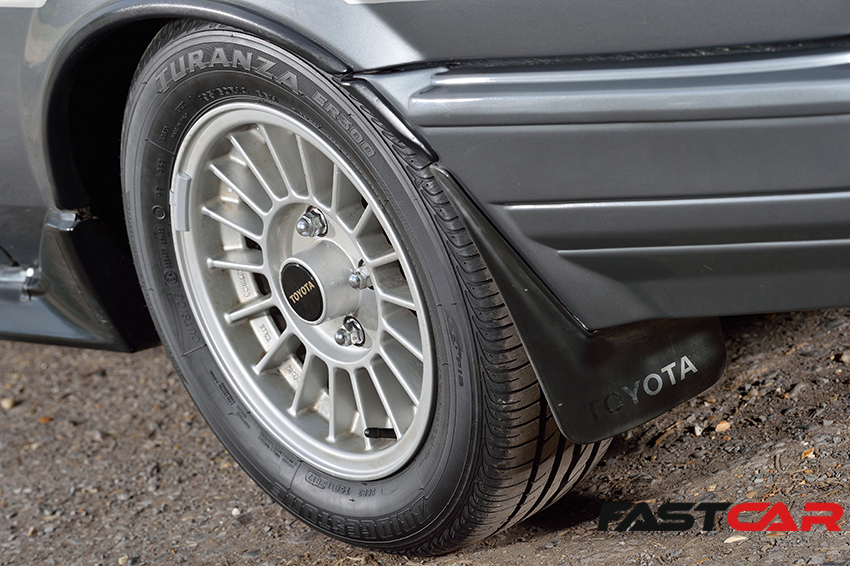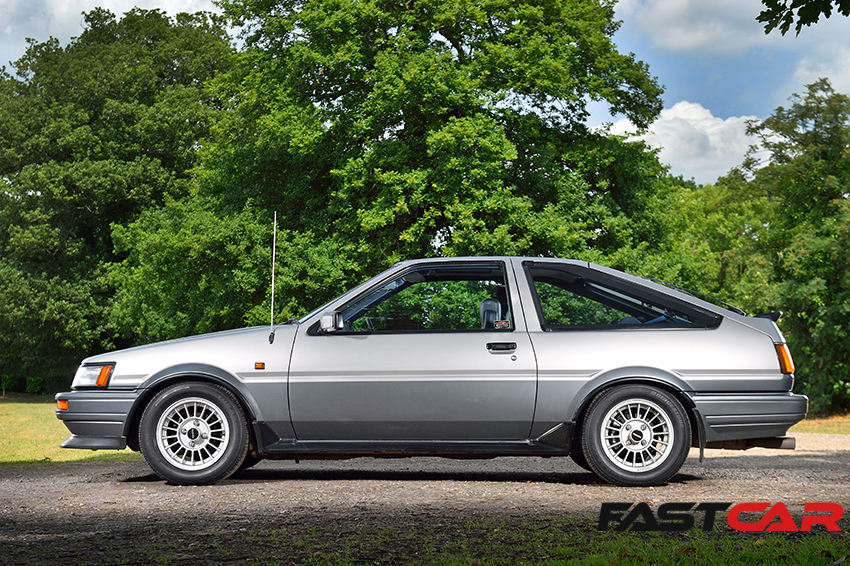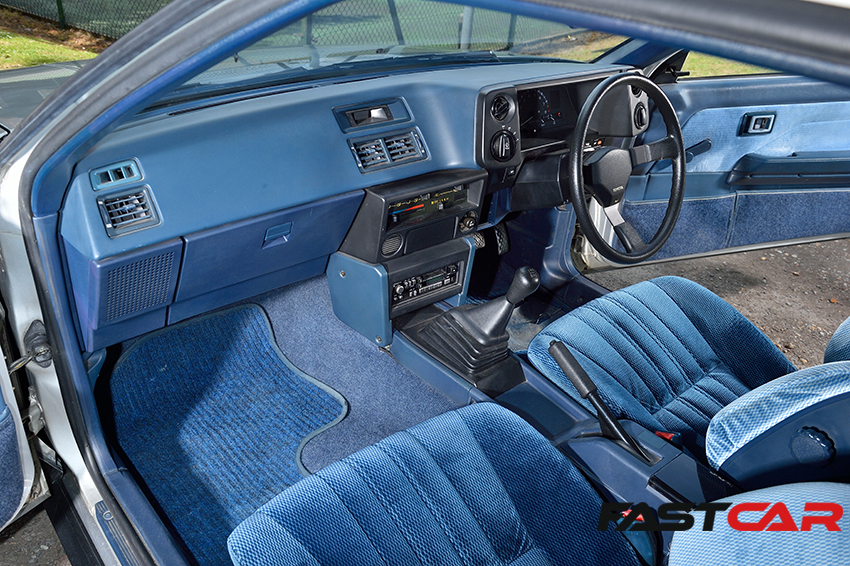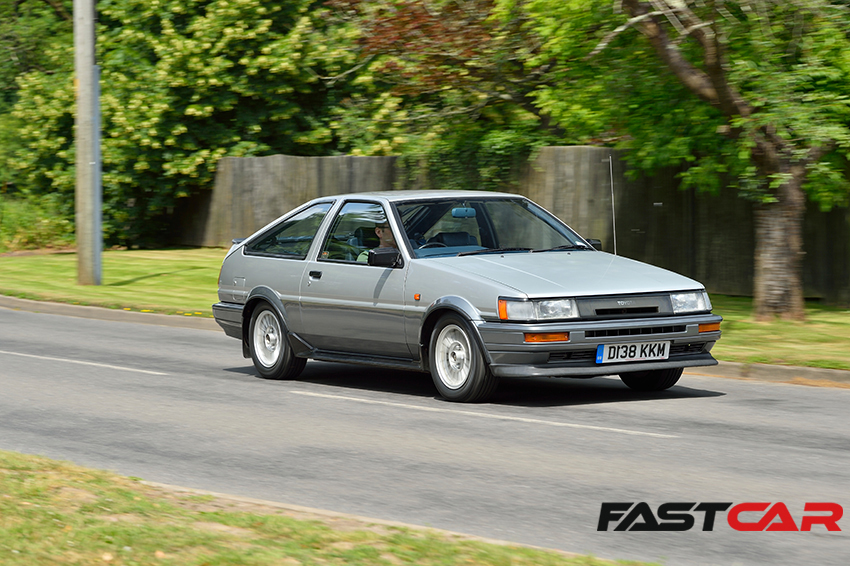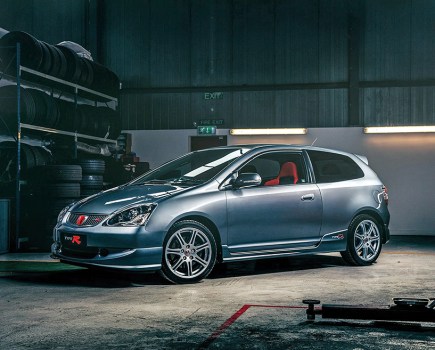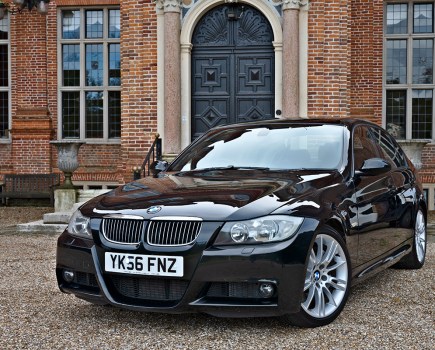The humble Toyota that became a legendary race, rally, and drift car, and is now a sought-after classic; we take a look at the AE86 Corolla and what to look out for when buying one.
The Toyota Corolla AE86 is one of the most famous cars to come out of Japan. It is without doubt, one of the best used cars money can buy if you just want to have fun! Gaining fame as a race car, rally car, and drift car, it has become legendary amongst car fans.
Depending on who you speak to, it’s for a few different reasons. There’s no doubt both the Initial D animated series and countless Japanese drifting videos from the late 90s onwards influenced the worldwide fame of the AE86. But many already considered these cars legends due to their success as circuit racers and rally cars worldwide from the mid-1980s onwards. Yes, these cars really can do it all.
Its status as a classic has also made it highly sought after by collectors. However, due to their history as cheap and disposable cars, many AE86s have had a tough life. Therefore, it is crucial to have some knowledge about these cars before buying one. In this buying guide, we will cover the AE86 lingo, the engine, transmission, suspension, brakes, body/exterior, and interior. By understanding these aspects and doing thorough research, you can ensure a rewarding ownership experience with a Toyota AE86. If you are a fan of Japanese cars and automotive culture, the AE86 is definitely an icon worth considering.
But before you splash the splash the not-inconsiderable sums of cash, brushing up on a bit of knowledge about these cars before purchasing one is vital.
Which Toyota Corolla AE86 Do You Want?
To cover all the variations of AE86 out there is almost impossible. Especially considering the wide range of factory optional extras and country-to-country variations. But understanding what car you’re actually looking at is still important to get a good buy, and a big part of that is knowing the jargon of the AE86 world.
Levin and Trueno Headlamps
Levin and Trueno are terms you will hear often with AE86s. These are the Japanese names for the fixed headlamp version – the Levin – and the pop-up headlight version -the Trueno. Both were offered in 2- and 3-door body styles in Japan. Elsewhere in the world, availability varied for both the headlamp and rear-end styles. The version you want is purely a personal preference.
Zenki and Kouki Styles
Zenki and Kouki are another pair of common terms and simply mean early or late model, or pre-facelift and facelift versions. These differences are almost entirely cosmetic, interchangeable between models, and are a personal choice when it comes to preference. With these cars being so commonly modified, complete originality is rare. But if that’s what you want, then you will need to do your homework on what is a true Zenki or Kouki spec car!
GT, GT-V, and GT-Apex Specifications
GT, GT-V, and GT-Apex, are the three main specs of Japanese AE86s. The GT is the most basic and lightweight, and GT-Apex is the highest and most luxurious spec. Overall, the performance parts are the same regardless of the model – aside from the GT that came with rear drum brakes, but on a lightweight car like an AE86 that’s not a serious performance hindrance.
UK Spec Toyota AE86
As you may have guessed, the term ‘UK spec’ means it’s a UK specification car, known as a Toyota Corolla GT Twin Cam 16. Even in the UK, these are much rarer than a Japanese import version, and generally command a premium. In Ireland, they are hugely sought after. There are probably more Japanese imports masquerading as genuine UK spec cars than real ones these days, though, so if you care about a car being original, buy carefully!
AE85 or AE86?
When’s an AE86 not an AE86? When it’s an AE85! While far less well known, non-performance versions of these cars existed in many parts of the world. They were mostly commonly known as AE85s. These cars look very similar and can be made to look absolutely identical as all AE86 parts bolt on. But as standard, they are nowhere near the performers and command a much lower value than a true AE86.
To complicate things further, in the USA, all cars are marked as AE86 on the chassis. But the top version – called Sport GT-S – has AE88 on the VIN. And the non-performance models that many arbitrarily call AE85s are called AE86s for the SR5 model and AE85 for the lowest DX model. We told you it gets complicated!
Toyota AE86 Engine
The 4AGE is a typical Japanese engine. It is a lightweight, compact, 1.6-liter, 16-valve engine that loves to rev. Producing between 115-130bhp depending on the country, it generally has a safe rev limit of 7500rpm-plus. Being a small capacity N/A engine means they aren’t cheap to make big power from, but they are highly tunable. Formula Atlantic-spec race 4AGEs produced over 250bhp!
From a buyer’s point of view, the 4AGE is a very simple and easy to understand engine with no serious weak points. It is very easy to spot if it’s original or tuned; especially as performance cams and any other engine internals are rarely fitted while still running the standard single throttle inlet manifold. Having said that, don’t instantly believe just because it has carbs or ITBs it must have big cams in, as these are fitted surprisingly often to otherwise standard engines!
Transmission
While not the last word in sophistication or strength, the AE86s transmission is a great bit of kit. The most common setup from the factory is a T50 5-speed manual transmission and solid rear axle with a plated limited-slip differential. Be aware, though, contrary to popular belief, an LSD rear axle was only an optional extra on most AE86s, and some even left the factory with an automatic transmission.
Suspension on the Toyota AE86
The AE86 runs a McPherson strut front end with plenty of adjustability, and a live axle rear end. The rear features a coil spring 4-link rear end with a Panhard bar. It all works well and is easy to work on. But look out for worn and cracked suspension bushes, seized nuts and bolts due to age and rust, and crash damage due to over-enthusiastic. Another thing to bear in mind was power steering was an optional extra in most markets, and while it’s personal preference, don’t be surprised to find some cars with it and some without!
Brakes
Just like everyone presumes all AE86s come with LSDs and manual gearboxes, everyone assumes they all come with disc brakes all round unless it’s an AE85 in disguise. But that’s not actually the case. Rear discs are the most common setup, but base model Japanese GT models come with drum brakes as standard. Like the rest of the car, the braking system is basic but perfectly adequate and easy to live with. And parts availability still fine, so warped discs or sticking calipers aren’t always a deal breaker.
Body/Exterior of the Toyota AE86
Things get more complicated when it comes to AE86 exteriors. Even ignoring the massive variety of aftermarket parts commonly fitted, different countries and model specs had different bumpers, badges, paint schemes, and more. Not to mention the pre- and post-facelift changes and a wide range of optional factory extras they could be specified with from new. If originality is your thing, do your research as many of these cars are around 40 years old and far from original.
While main body panels aren’t particularly hard to source, smaller parts like plastic window trims and similar can be a real pain to find these days. If you’re looking at a car and it has trim parts broken or missing, be aware you could struggle to source them more than you may think!
The bigger issues of AE86s are crash damage and rust. Unfortunately both are more common than not on a four-decade-old rear-wheel-drive performance car. The vast majority of AE86s out there have had any rust or damage repaired by now. The key is making sure any signs of repair have been done well rather than just quickly cosmetically hidden to make a sale.
Interior of the Toyota AE86
Don’t underestimate the value of a good interior. Just like the exterior, there is a great variation in both design and color between different models and years. Combined with the obvious factor of the age of these cars, finding many original interior parts can be a real struggle. If originality isn’t a huge issue for you, things are far less stressful. Thanks to the huge popularity of these cars, there’s a wide range of aftermarket interior options still out there.
Should You Buy a Toyota AE86?
If you’re a fan of Japanese cars and automotive culture, then the Toyota AE86 is undeniably an icon. Its versatility as a race car, a drift car, and a classic makes it highly sought after by enthusiasts. However, buying a used Toyota AE86 requires some knowledge and understanding of its variations and potential issues. Researching the specific model, understanding the AE86 variations, and checking the condition of important components like the engine, transmission, suspension, brakes, body, and interior are vital before making a purchase.
But, by doing your homework and seeking out the best examples on the market, you can experience one of the best drivers cars ever built with a Toyota AE86.
Photos by Matt Woods.

